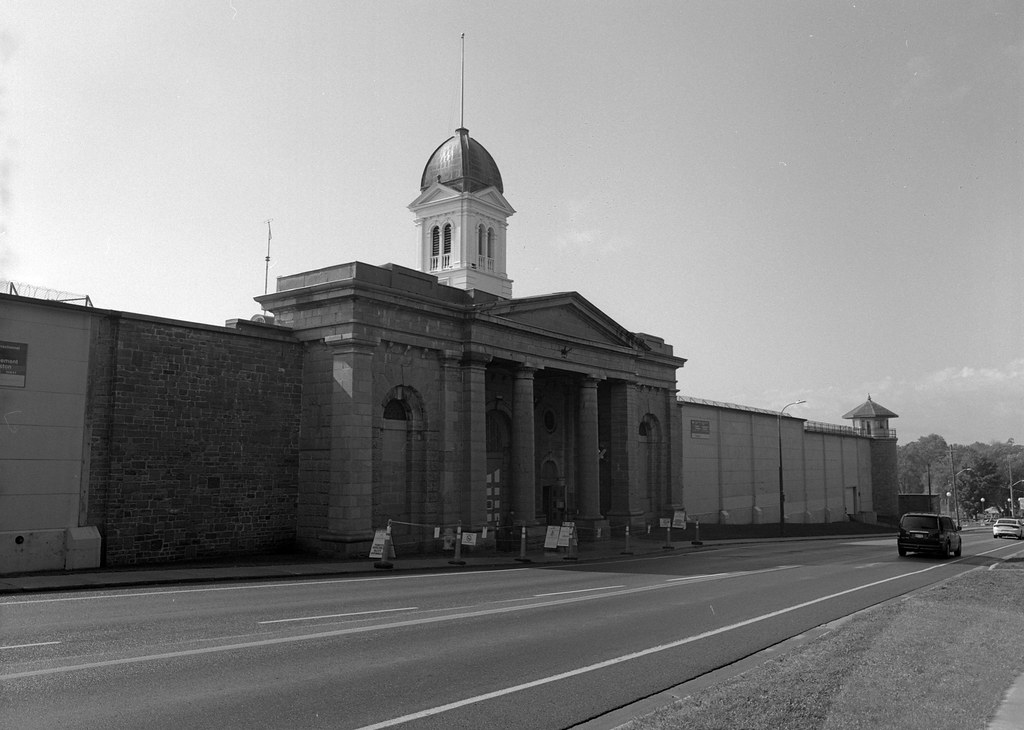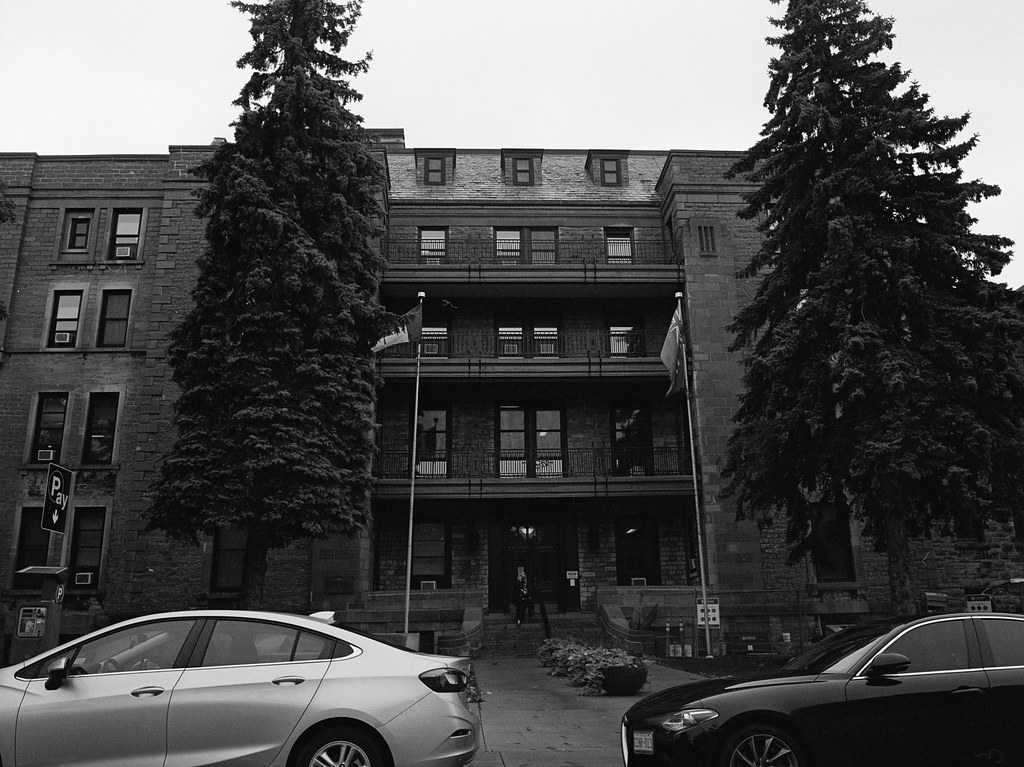The violence caused by the rebellion had been a direct result of political discord and dissatisfaction, however many in the Colonial Office refused to believe this and did little to appease the troubles outside of direct military intervention. They needed to investigate the rebellions, discover the root cause, and determine the best way to prevent such a rebellion from happening again. British authorities were lucky that the rebellions in Upper Canada were poorly lead and poorly armed and even in Lower Canada the aggressive nature of Sir John Colborne put the rebellion down in an equally violent manner. The British Prime Minister, Sir William Lamb (Lord Melbourne) had approached Sir John Lambton (Lord Durham) before the rebellions began to take the appointment of Governor-General in British North America to help in the pacification of the rising discord in Upper and Lower Canada, but Lord Durham refused the post. But in 1838 Lord Melbourne again approached Lord Durham with the same offer but more as a High Commissioner to investigate and report on the causes of the rebellion and make recommendations on how to prevent such an event from happening again. Lord Durham arrived in Quebec City in May 1838, promising the gathered crowd that he would be both fair and open-minded. And many in the Reform Movement in Upper Canada quickly took his words at face value; Lord Durham was the great reformer, the one behind the 1832 Reform Act that changed English Parliament to give a voice and power in electing Members of Parliament to many in the middle class. Durham juggled his dual role in maintaining law and order in British North America, speaking on the prisoners awaiting trial in issuing pardons if he so desired. He also in his role as high commissioner travelled and spoke to many on both sides of the rebellion, men like Robert Baldwin spoke on the need of responsible government and democracy in Canada. Louis La Fontaine who already had a poor view of Lambton over his issuing of a death warrant to Joseph Papineau should he return to Canada, spoke in defence of his fellow French-Canadians and how many were loyal British subjects who wanted their voice heard. Another man who Lambton spoke to at great lengths as John Beverly Robinson who has own take on matters from a more Tory perspective. He never talked to any of the radical elements, despite travelling into the United States to see about the country’s influence on the ideal so Life, Liberty, and Happiness and the cry of a Republic among many rebels. But for Lambton he retained his own radical streek and many in both Canada and England saw his humane treatment of many prisoners earned him a public rebuke by the Prime Minister, a fact he learned about from an American newspaper. Durham choice to resign the post of Governor-General and focused on his report about the rebellion while travelling back to England in the Fall of 1838.

Mamiya m645 – Mamiya-Sekor C 45mm 1:2.8 N – Ilford HP5+ @ ASA-200 – Pyrocat-HD (1+1+100) 9:00 @ 20C
Upon his return to England, Durham continued to write down his findings; he had many visitors from Canada come to England in efforts to influence his report. The Canadian Question that hung in Parliament hinged on Durham’s report which he would present in February 1839. A Report on the Affairs of British North America managed to infuriate everyone in Canada all for different reasons. For the French-Canadians Durham had ultimately dismissed some two-hundred years of culture that had grown up in the former colony of New France and survived even under English Rule. To the Family Compact and Chateau Clique, he dismissed them both as petulant, corrupt, and petty cliques. Even the moderates were dismayed at the recommendation of only a limited form of responsible government, cabinet rule. The biggest recommendation that the report gave would be the unification of the Provinces of British North America. Initially, Durham desired to see the maritime provinces of Nova Scotia, New Brunswick, Prince Edward Island, and Newfoundland included. But their Parliaments spoke out against such a move and Durham would be forced to reduce the unification to Upper and Lower Canada. The one group that took the report well was the British Parliament, notably when Durham concluded that the root cause of the rebellion was waring of two nations in British North America. To prevent another uprising the more progressive English Culture be allowed to flourish and overpower that of the French because he had dismissed their whole culture as nothing. The British Parliament took most of Durham’s recommendations to heart; they gladly removed the laws that protected both French Language, Culture, and the Roman Catholic Church, they banned the use of French in anything related to government. The Act of Union 1840 would be forced on Lower Canada while the Upper Canada Parliament had a chance to vote in favour of accepting the union. The Act made no mention of responsible government. Instead, they supported reasonable government and limited cabinet rule with the Governor-General being the ultimate power in the Province.

Mamiya m645 – Mamiya-Sekor C 45mm 1:2.8 N – Ilford HP5+ @ ASA-200 – Pyrocat-HD (1+1+100) 9:00 @ 20C
While on the surface the Union did not appear to address the issue of the centralisation of power among the Tory elites it did in a more roundabout way. The new Governor did not reach out to many of the old Tory stalwarts in the new government. The biggest blow to their power would be in the new model for the Legislative Assembly. There would remain one single assembly, but it was split equally between Lower Canada now Canada East and Upper Canada now Canada West. For a bill to pass it must get a majority in both Canada East and Canada West. The broader power base did reduce the power of the extremists on both sides. The Union would be both praised and decried by many, the Tories would feel the loss of control, and John Beverly Robinson slipped back into his only place of influence the court and executed his role as Chief Justice for Canada West until his retirement. Despite facing ongoing electoral difficulties, La Fontaine dedicated himself to using the Union for good and to prove that French-Canadians were just as culturally relevant and loyal as those in Canada West. And Baldwin would continue to fight for his idea of Responsible Government. And while the rebellions had ended, the revolution had just begun. And the new governor, Sir Charles Poulett Thompson was about to face the greatest threat to his idea of autocratic rule and reasonable government, and the reformers in the west were about to meet their greatest allies, the reformers of the East.

Mamiya m645 – Mamiya-Sekor C 150mm 1:3.5 N – Ilford HP5+ @ ASA-200 – Pyrocat-HD (1+1+100) 9:00 @ 20C
I never fully understood the fractious relationship between English and French Canada until researching this project and the time around the end of the rebellion, the Durham Report, and the Act of Union. The blame laid on them by the Durham Report and the suppression and dismissal of their culture made sense, the British Authorities believed in a single religion, throughout their history they ruled over the Scottish, Welsh, and Irish in each case they did their best to make them all English. It only made sense to repeat this process in Canada with the French-Canadians. Ultimately, men like Baldwin and La Fontaine proved that having different cultures was not a bad thing; the blame for the rebellion could not be laid at feet of multi-culturalism. And eventually the assimilation of the French-Canadians would fail, but these early actions snap into focus future efforts by the Government in the 1917 Conscription Crisis where Canadian Soldiers opened fire on protesters in Montreal killing several, the Deployment of armed troops during the FLQ Crisis to the Provincial Language Laws and the twin Referendums on Quebec Independence. Everything points to the fact that in Canada we are stronger together and that being Canadian doesn’t mean you have to be English, but instead, you can be French, German, American, Indian, Indigenous, Dutch, Polish, Russian, and many more. In the end, Let us be English, Let us be French, but above all, let us be Canadian.